7 Elements of Effective Instruction for Students with Reading Difficulties
June 18, 2024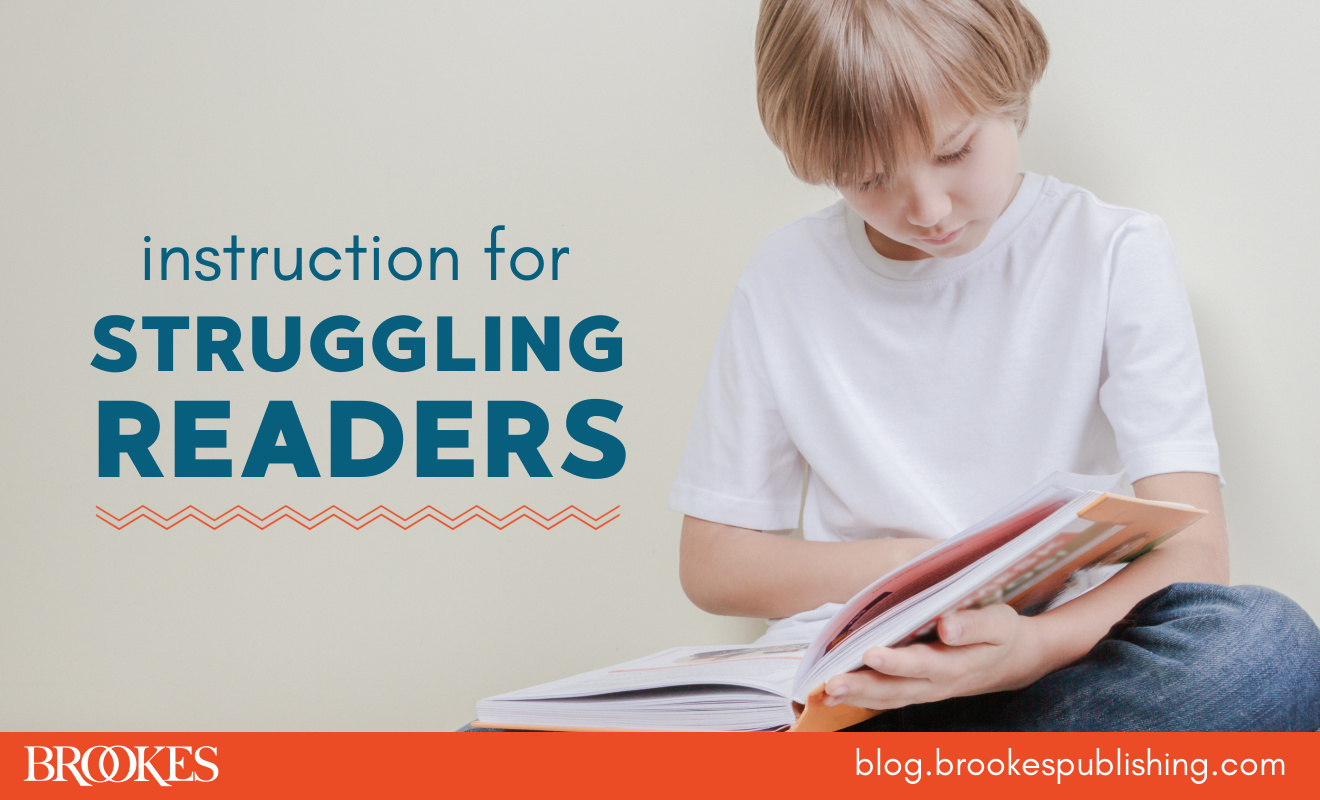
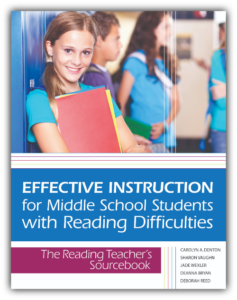 Teachers: do you know what to do to help older students who have difficulty with reading skills? In their book Effective Instruction for Middle School Students with Reading Difficulties, Carolyn Denton et al. outline six teaching skills and strategies that facilitate progress for all students in Grades 6-8, especially those who struggle with reading. How many of these elements of instruction do you already incorporate? Which ones do you want to focus on in your next school year to support struggling readers?
Teachers: do you know what to do to help older students who have difficulty with reading skills? In their book Effective Instruction for Middle School Students with Reading Difficulties, Carolyn Denton et al. outline six teaching skills and strategies that facilitate progress for all students in Grades 6-8, especially those who struggle with reading. How many of these elements of instruction do you already incorporate? Which ones do you want to focus on in your next school year to support struggling readers?
Element 1: Explicit instruction
When instruction is explicit, students know exactly what they are expected to learn. To provide a clear objective to the student, the objective must first be clear to you as the teacher. Explicit instruction is provided through:
- A clear statement of the objective
- Modeling
- Demonstration
- Understandable explanation
In a nutshell: Teachers shouldn’t make students guess or infer what they are supposed to learn. Know the objectives of lessons and express these objectives simply and clearly to students.
Element 2: Targeted instruction
Targeted instruction is instruction based on the results of ongoing assessments. To teach students with reading difficulties, you must be constantly aware of where students are in their learning and where they need to be.
One way to support students’ learning needs is through scaffolding—providing temporary supports to help a student move from what they already know to new learning. Examples include:
- Choosing text at the student’s instructional level so the text is challenging for the student but they can read it with support
- Providing a partial response to a question and asking the student to complete it
- Acknowledging a partially correct response and helping the student correct or refine it
- Organizing tasks into smaller steps
- Connecting the topic of instruction to students’ prior knowledge and experience
- Providing hints rather than telling a student an answer
Element 3: Increased time on task
Continually monitor your classroom for active engagement and use techniques designed to increase time on task, which is especially important for struggling readers. Here are some effective techniques (from Mastropieri & Scruggs, 2002):
- Plan activities that require students to be actively involved, with a minimum amount of time spent sitting and listening.
- Provide positive feedback to students on task.
- Question students frequently. To maximize engagement, ask the question first, then pause briefly before selecting a student to answer. This will help ensure that all students think actively about the question.
- Set a timer to ring at random intervals, and award students who are on task when the timer rings.
- Provide ample visuals and materials to make learning concrete.
- Have classroom routines to minimize transition times.
Element 4: Quick pacing of lessons
To move at a pace that is manageable for students but also keeps them actively engaged, an effective teacher must adequately plan the content to be covered and the instructional activities used to teach and practice the objectives.
First, determine students’ strengths and needs (from assessment) and set objectives based on those needs. Next, consider the scope and sequence of your curriculum: the amount of material to be covered and the order in which you will present it. Clarifying your scope and sequence will help you set and modify the pacing of instruction. Some districts have curriculum guides with a suggested scope and sequence for each grade level, but keep in mind that struggling readers may need a modified curriculum. Think of yourself as an emergency room doctor who treats greatest needs first. For example, if a student is unable to write a multiparagraph essay and is also unable to read more than 60 WCPM on grade level text, the greater need to focus on is fluent reading.
Besides quick pacing across lessons, pacing within lessons should be energetic with little downtime. Behavior problems may increase if students are bored or lessons are too easy or too hard.
Element 5: Specific positive feedback
Positive feedback is authentic and specific. “Good job!” and “Way to go!” are less meaningful to students than specific statements like:
- “I can see that you are previewing the chapter by looking at the charts and graphs; good strategy.”
- “You recognized the parts of that word. Good work.”
- “Nice job of making notes while you read. That should help you remember what you are reading.”
- “You read that passage with so much expression! Nice work.”
It can be useful to praise an unsuccessful effort if you praise the attempt but correct the mistake. For example, if a student misreads a word, you might say, “You read the first syllable of the word correctly. The word has three syllables; try reading the second and third and putting them together to read the word.”
Element 6: Appropriate corrective feedback
Your classroom should be a place where struggling readers are not afraid to make mistakes. Give corrective feedback in a neutral tone, try not to provide it too quickly, and give the student time to self-correct. Here are some appropriate sample statements for corrective feedback:
- After pointing to the paragraph where important information about a comprehension question resides: “This paragraph will tell you why the octopus is often near larger fish. See if you can reread the paragraph and find the answer.”
- “The word you wrote is signal. Can you write single?”
- “Yes, that is partially correct. Can you give me more information?”
Element 7: Engaged reading practice
Students must be given ample time every day to actively engage in reading. Sustained silent reading (SSR) is popular but is not associated with improved reading outcomes, perhaps because many students are not engaged appropriately in reading. If a student chooses a book to read that is not at an appropriate level, the student will most likely be looking at pictures instead of reading.
Individual silent reading is appropriate if text is on the students’ instructional or independent reading levels. With more difficult text, try having students read orally with the support of a peer or in small groups that meet with you. When students read orally in a small group, you can provide appropriate text, scaffold students when they struggle, and prompt students to apply the reading skills and strategies they’re learning.
Need more guidance on supporting older students who struggle with reading skills? Check out the book behind today’s blog post!

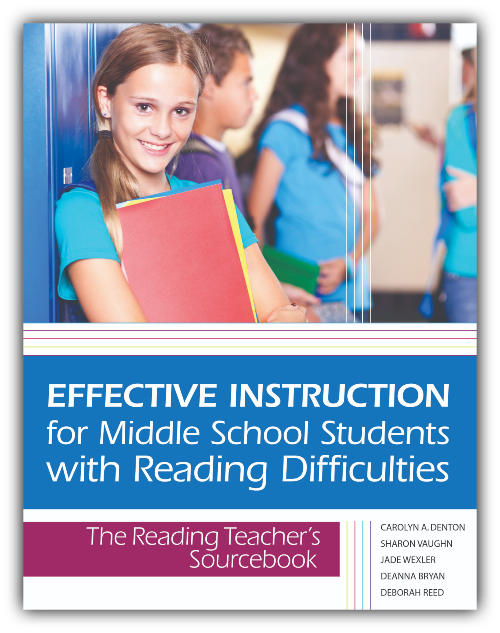
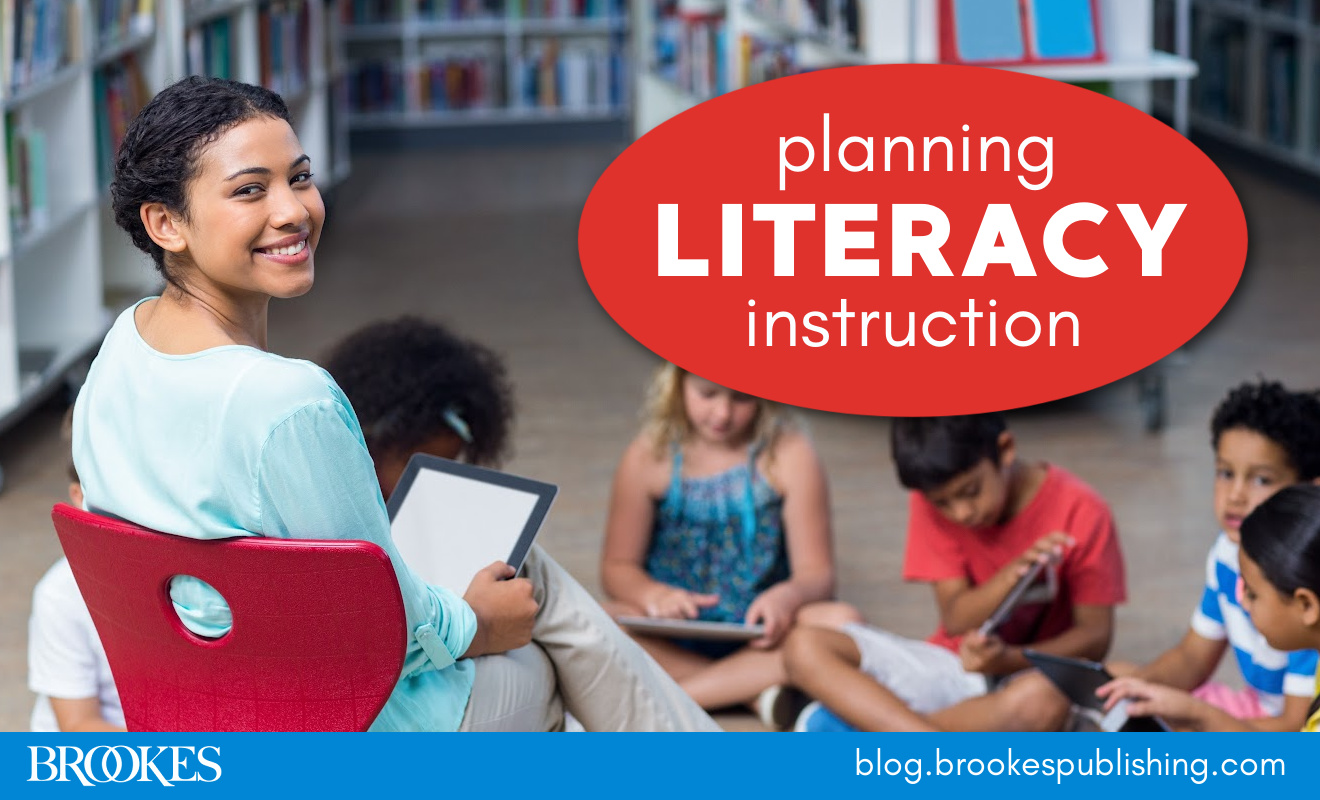
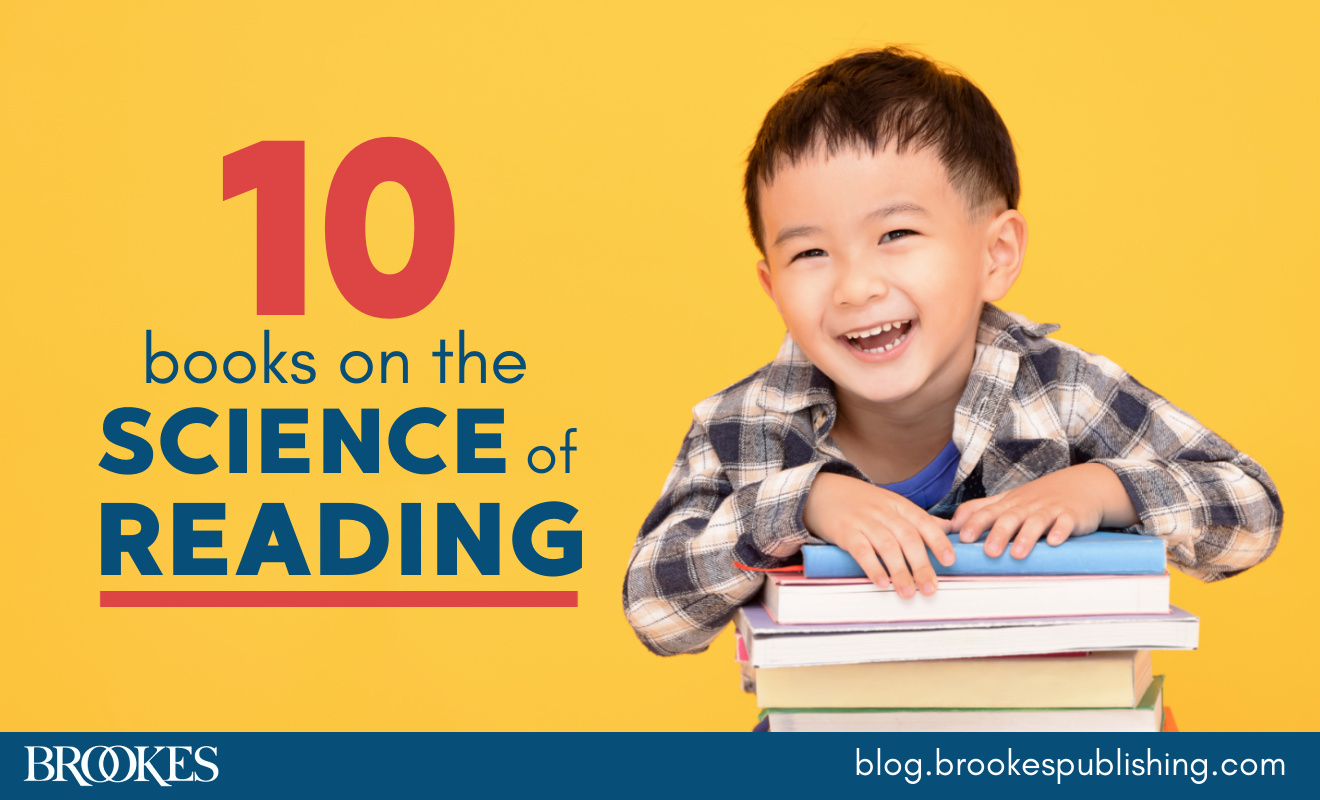
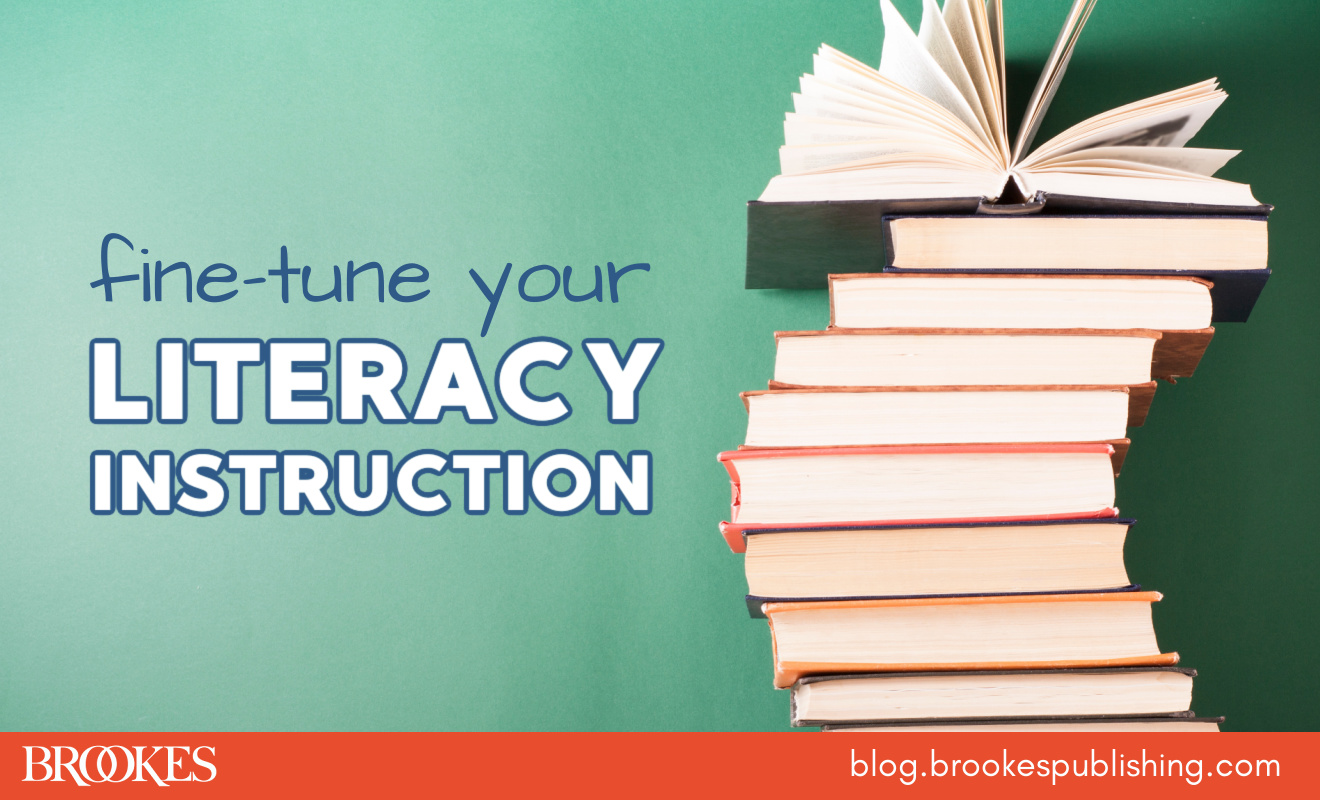
Write a Comment
Your email address will not be published. Required fields are marked *
Post a Comment